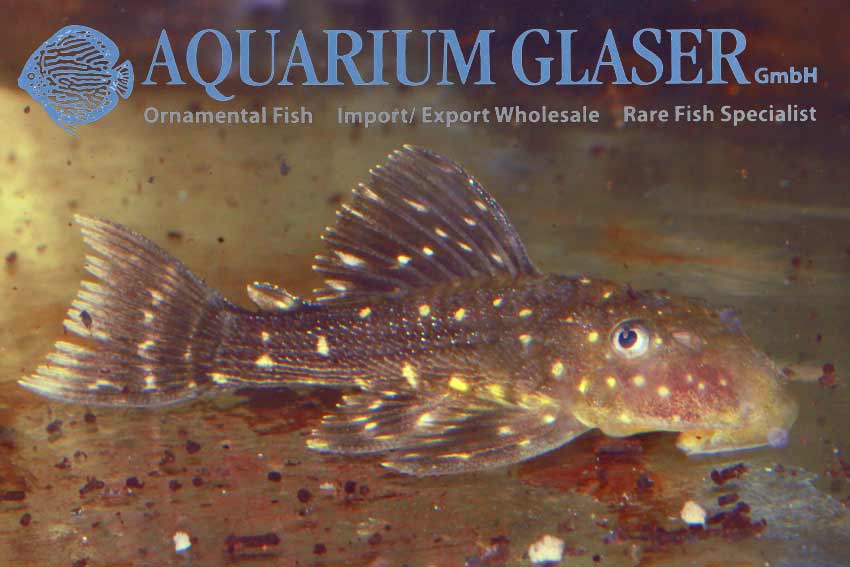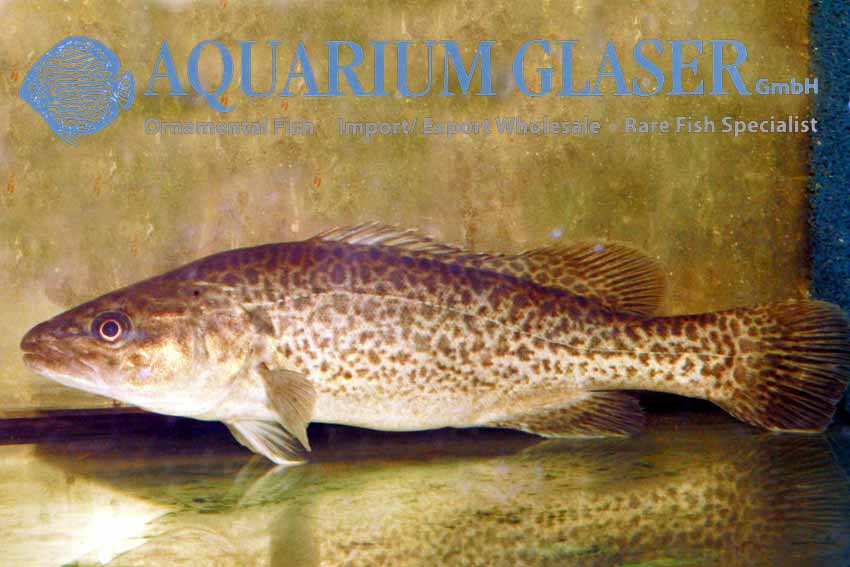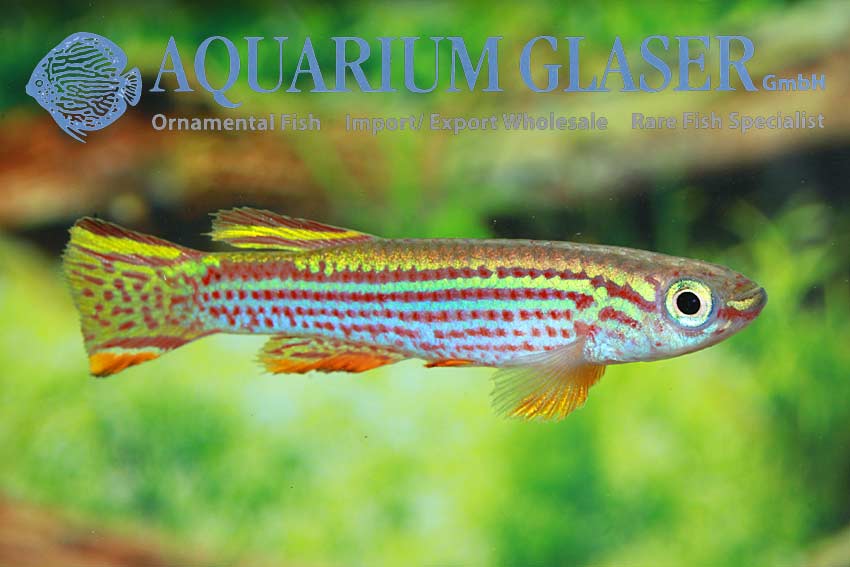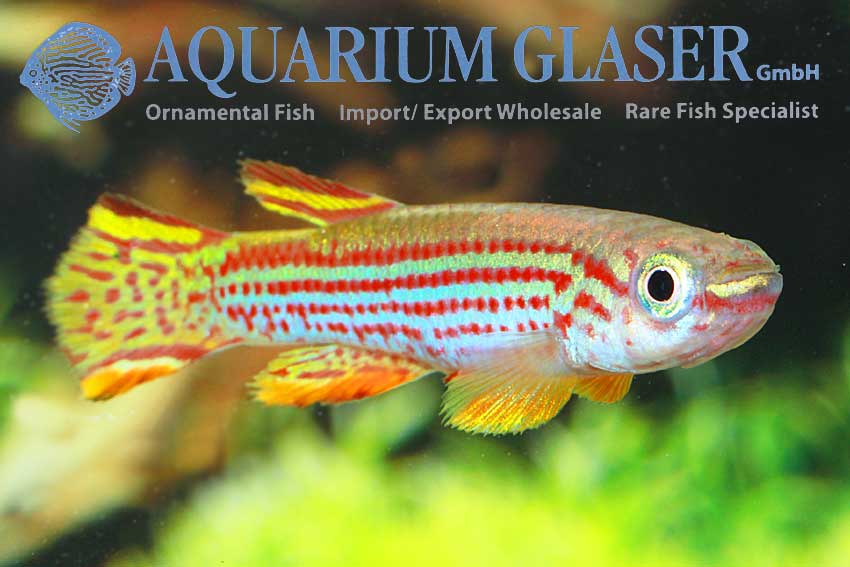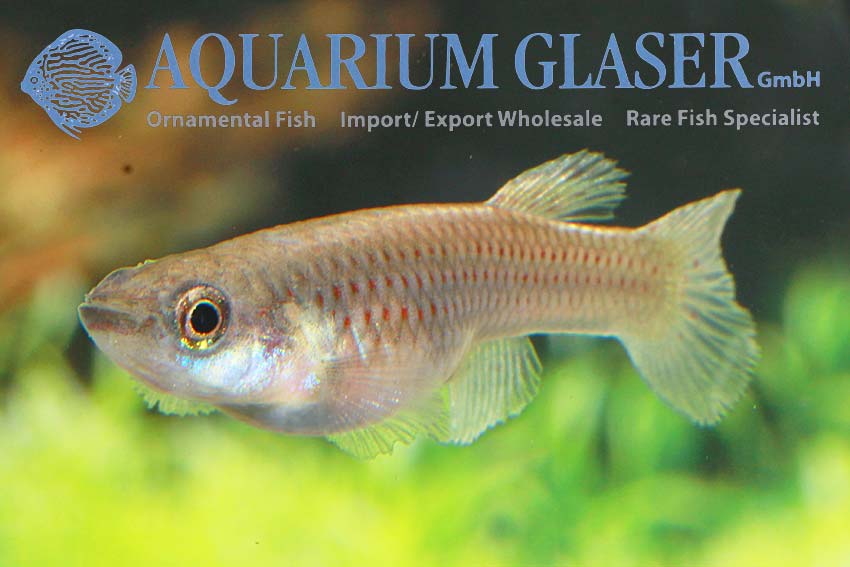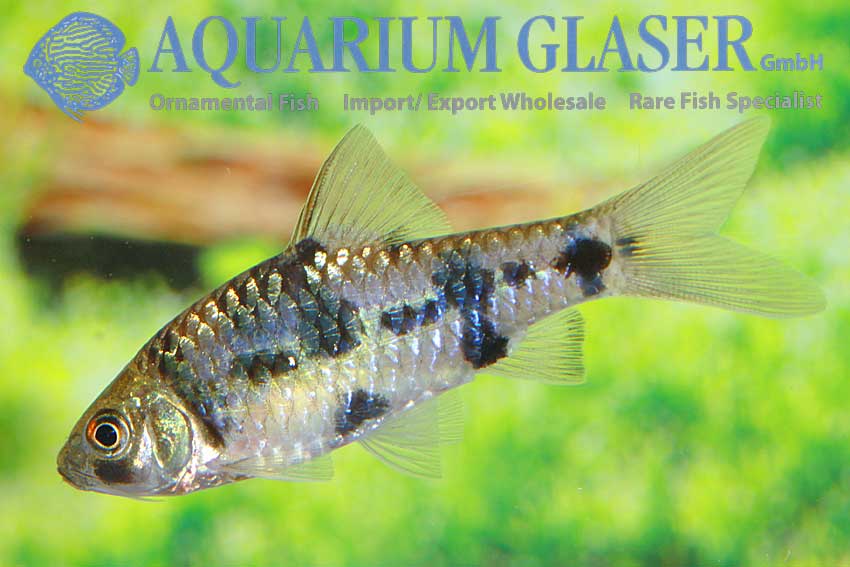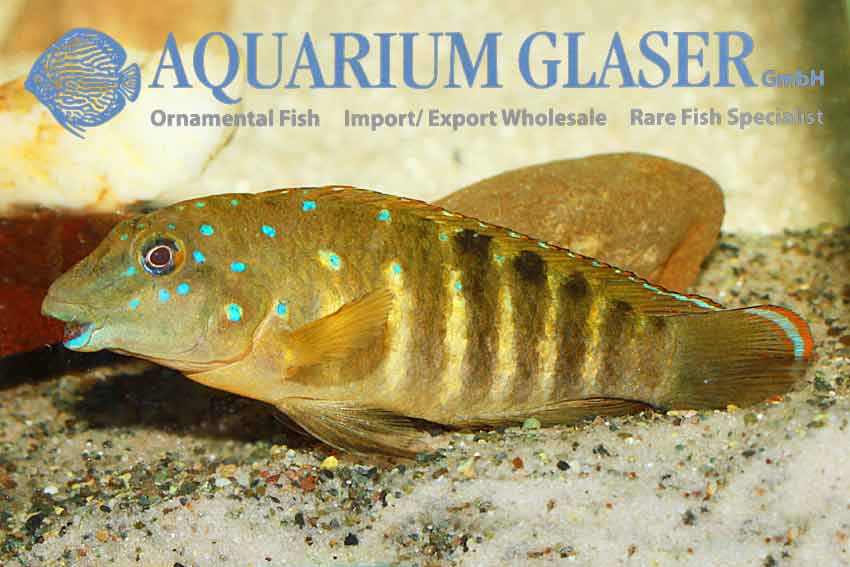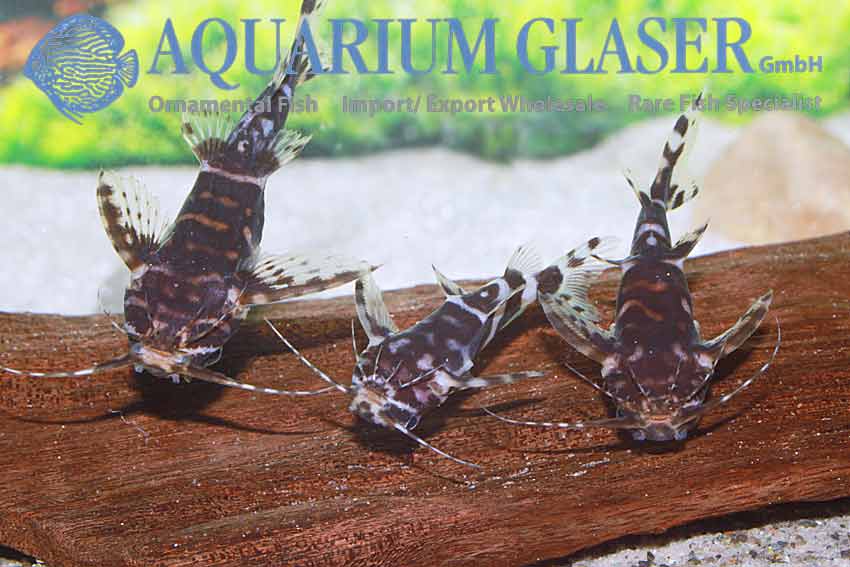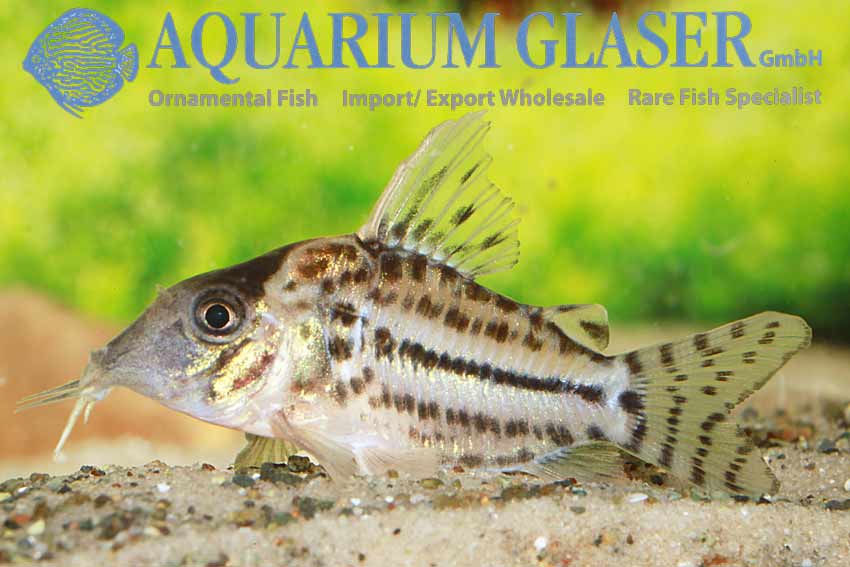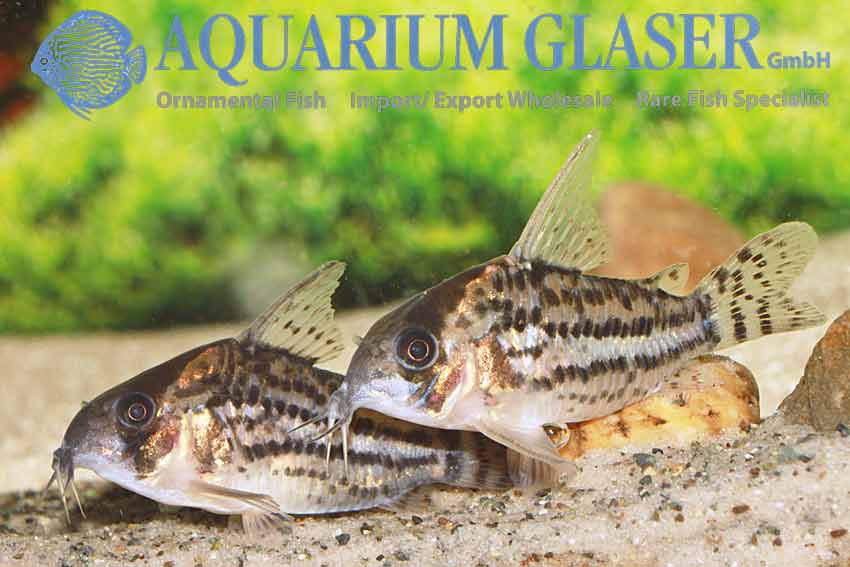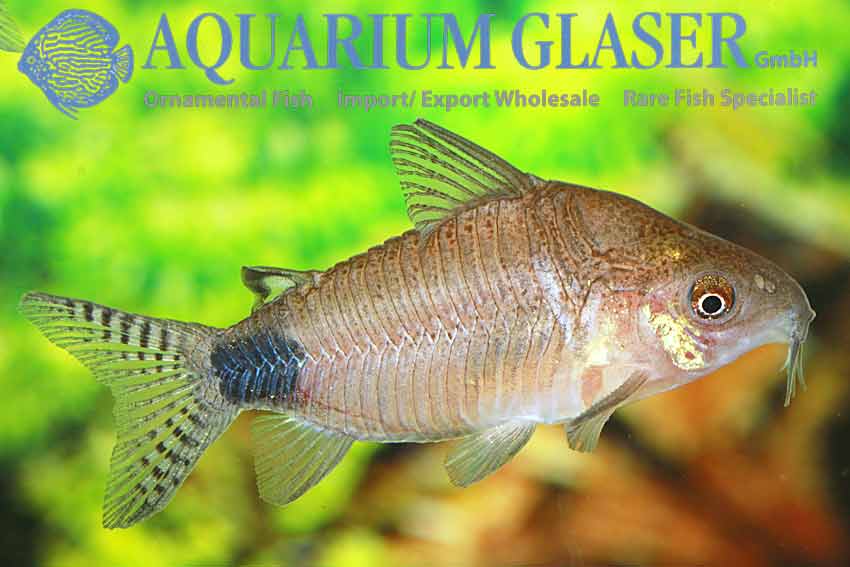
Finally we were once more able to import some of the very rarely offered Leporellus vittatus from Brazil. This extraordinary species attains a length of approximately 25 cm and belongs to the headstander tetra relationship. However, in Leporellus the air bladder is mostly reduced and so the fish live strictly bottom orientated.
Our animals are currently 10-12 cm long. Like all headstanders, these fish establish a hierarchy among themselves. They look most beautiful in strongly lightened aquaria with a good current. Leporellus feed readily on any type of fishfood, but all headstanders have a type of teeth that are specialized for feeding on plant material. So one should offer the fish a great variety of plant material for a proper feeding.
For our customers: the fish have code 265725 on our stocklist. Please note that we exclusively supply the wholesale trade.
Lexicon: Leporellus: diminuative of Leoprinus, eg “small Leporinus”; Leporinus is another genus of tetra. vittatus: Latin, means “striped”.
Suggestion of a common name: Yellow-golden Striped Tetra
Text & photos: Frank Schäfer
| Angaben zum Tier | |
|---|---|
| Herkunft | Brasilien / Brazil |
| Verfügbare Größe in cm | 10 - 12 |
























 This is another, very nice dwarf cichlid from western Africa, available even with the name of the collecting site. We have fully grown and wonderful coloured specimens in stock.
This is another, very nice dwarf cichlid from western Africa, available even with the name of the collecting site. We have fully grown and wonderful coloured specimens in stock.



 This dwarf tetra (maximum length reported is 4 cm) is a real jewel from Westafrica. The fish love to swim. They should be kept in schools in a well planted aquarium. It is important to choose a dark gravel which makes the colours of the fish shine brightly.
This dwarf tetra (maximum length reported is 4 cm) is a real jewel from Westafrica. The fish love to swim. They should be kept in schools in a well planted aquarium. It is important to choose a dark gravel which makes the colours of the fish shine brightly.
 This beautiful sport of P. humilis is available only very occassionally. We received them in an ideal size (5-8 cm). They have already very nice colours!
This beautiful sport of P. humilis is available only very occassionally. We received them in an ideal size (5-8 cm). They have already very nice colours!






































